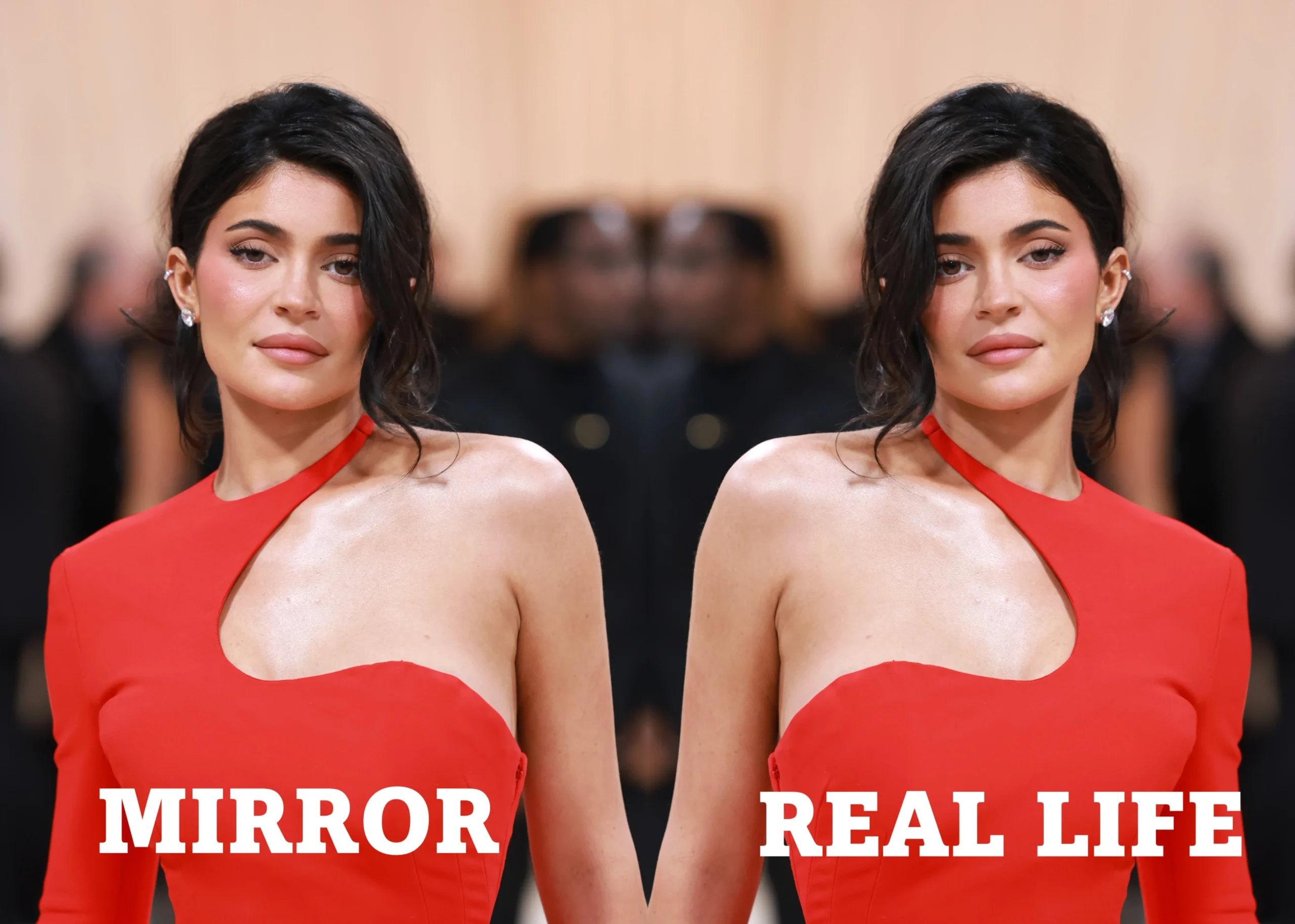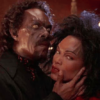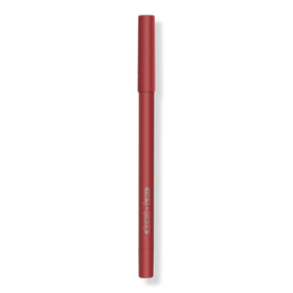Is that what I really look like? you think. Is my forehead really that big, are my eyes really that far apart? Maybe it’s the few drinks you indulged in or the shakiness of the photographer, but something just doesn’t seem right. Suddenly, all the cute, cheek-to-cheek selfies you posted with abandon the night before don’t look that endearing.
If this sounds familiar, you’re not alone. You might prefer looking in the mirror to seeing yourself in photos, or vice versa. For some reason, you might feel that you look vastly different day-to-day, and this can be tantamount to an identity crisis. Do other people see me how I see myself? Am I more or less attractive to them than I actually am? The discomforting truth is we probably won’t ever know what we really look like – here’s why.
Both Photos and Mirrors Are Misleading
We all have that one photo taken five years ago that we still use for every profile picture or employee headshot, even though it might not be accurate now. We may not be able to pinpoint why exactly, but we look good. But even when that photo was taken, it probably wasn’t an exact copy of what we looked like in the mirror five minutes before taking it. You may even look slightly different from other photos taken within the same week. So, what gives?
Both photos and mirrors are misleading, but in different ways, and it’s incorrect to base what we think we look like on either of them. First of all, mirrors are a reflection of our appearance – a reverse image of what we look like – not the actual way we look. The way we look in the mirror isn’t what someone else sees when they look directly at us. It might be a nearly-identical representation, but it’s still a flipped image.

Photos are even worse. Though we’re psychologically primed to think our image in a photo is closer to how we actually look, there are hundreds and maybe even an infinite number of factors that contribute to how we look in photos. Photos can be extremely misleading – especially with today’s technology – and they’re rarely 100% accurate. If you take a nice photo at an outdoor wedding, the elements contributing to that image could be (but aren’t limited to) how close or how far the photographer is standing from you, the type of lens being used, the weather or amount of natural light, the shutter speed or aperture of the camera, and even how much to how little makeup you’re wearing and if there are other figures in the frame. All of these influence the way our brain processes how we look when we see ourselves in photographs.
Scientifically, we also tend to prefer our mirror images to the images in photographs. This is what’s known as the mere exposure effect. Think about how many times you look at yourself in the mirror – you brush your teeth, put on makeup, look in the rearview mirror as you’re backing out of a parking space. You easily see yourself in reverse image maybe 30 times a day. Over time, this habit of only seeing yourself in a mirror tricks your brain into thinking that’s what you actually look like. When you see yourself in photos, you may feel let down or even think that’s not what you actually look like. You’re right in both cases. Neither a camera nor a mirror is fully accurate, but professional photographers say that of the two, photos are more accurate to your true appearance.
Where It Matters
When people say appearance doesn’t matter, they’re not being entirely truthful. Maybe appearance shouldn’t matter in a perfect world, but in the world we live in, it communicates to others who we are before we even meet them. What we’re wearing, the way we’re dressed, even our posture and how we stand – all of that tells a prospective employer or a blind date something about us.
In an age where more and more single people are resorting to dating online, this distinction matters, especially if you’ve ever been “catfished” or even “reverse catfished.” Catfishing, as most of us know, is intentionally deceiving someone over social media or the internet about your appearance, but reverse catfishing is a little trickier, and knowing what we know now about our image in photos, it may not be the catfisher’s fault.
If you’ve ever swiped right on a guy who bears resemblance to Quasimodo, only to show up to the date and find out that he’s Prince Charming, you’ve been reverse catfished – he reeled you in with a less attractive photo, only to pleasantly surprise you in person that’s he’s much hotter than his photos. Maybe this is unintentional because men don’t really seem to care about updating their photos as much as women do, but whether it’s reverse catfishing or the opposite (swiping on a handsome guy only to meet his less attractive, real-life version later), we should go into these situations with a fair amount of grace. Photos may be the next best thing, but there’s nothing like really seeing someone in person to learn how they look. Anyone who’s ever used a dating app or dated online knows this.
Here’s the Good Thing
If this information is inspiring an identity crisis, don’t panic. If you’ve always believed that you don’t photograph well, there’s some basis for that. You’re just more comfortable with the mirror image that you know. But if you’ve always looked in the mirror and felt something lacking, know that what you see in the mirror isn’t 100% what you look like either. Just like with photographs, there are small details that contribute to how you look in the mirror, like the lighting, the amount of sleep you’ve gotten, how your hair is parted, and other facial features like your smile and the curvature of your eyebrows.
Most of us would find it extremely difficult – without a mirror or a camera – to describe in detail our facial features to someone else. Sure, we could name our basic features, like our hair color, our eye color, and whether our eyebrows are bushy or manicured, but other than that, we’d probably be at a loss for words. Things like how high our cheekbones are, how crooked or straight our smile is, and the quirks that belong to our daily expressions are things that escape us.
The wonderful thing about not knowing what we really look like is that the people who love us can describe those things. They know what we look like when we fall asleep or wake up, what color our eyelashes are, and how long or short the bridge of our nose is. They could describe in detail the features of our faces, and we could do the same for them. Whether it’s your parents or the man you love, the people who see us every day see our beauty, even if we don’t, and there’s something deeply comforting about that. Beauty really is in the eye of the beholder, and even if we spend our lives quantifying our features and our appearance, we’d never be able to describe our looks the way someone who loves us can.
Closing Thoughts
Other people don’t see what we see when we look in the mirror or when we look at ourselves in photos. They see us as we really are, more than we’ll ever be able to, and while it’s slightly frightening to think about, it’s also freeing to know that we can only control our appearance up to a point. We can spend hours looking in the mirror and agonizing about things we can’t change, but in the end, we’re not seeing ourselves the way they do, and maybe that small bit of mystery can lead us to a healthier relationship with our appearance and our self-esteem.
Support our cause and help women reclaim their femininity by subscribing today.
This post was originally published on this site be sure to check out more of their content.









